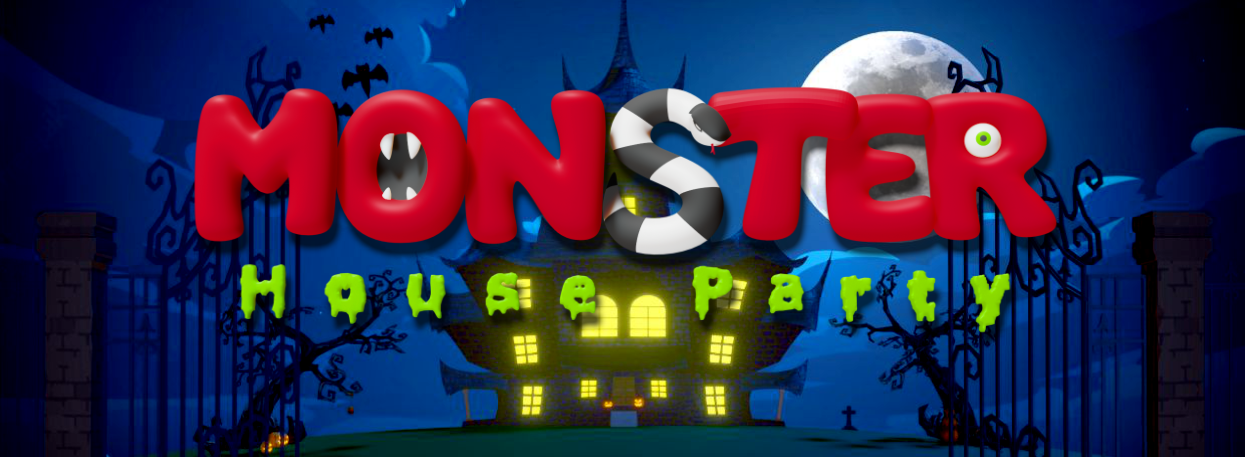Spent some time this week greyboxing out the Grindstone Manor environment.

Rough level geometry is modelled in Blender before being exported to Unity for testing.
What is greyboxing?
Greyboxing is a technique used in game development to create a rough prototype or mock-up of a level or environment. It involves creating basic, simplified geometry and placeholders to represent the various elements of the game, such as walls, floors, objects, and characters.
The process of greyboxing typically involves the following steps:
- Level Design: The first step is to plan and design the layout of the level or environment. This includes determining the size, shape, and general structure of the space. Considerations such as gameplay flow, player navigation, and key points of interest are taken into account during this phase.
- Basic Geometry: Using a 3D modeling software or a game engine’s level editor, the level is constructed using basic geometric shapes, such as cubes, spheres, or cylinders. These shapes are often scaled and arranged to represent walls, floors, ceilings, and other architectural elements. The focus is on establishing the overall spatial relationships and proportions.
- Placeholder Objects: Placeholder objects are used to represent interactive elements, such as doors, switches, or pickups, as well as non-playable characters (NPCs) or enemies. These objects are typically represented by simple shapes or temporary models to convey their approximate size and position.
- Lighting and Textures: Basic lighting is added to the scene to provide a sense of ambience and depth. Simple lighting setups, such as directional lights or ambient lighting, are used to illuminate the environment. Placeholder textures or materials, often in shades of grey, are applied to surfaces to differentiate between various materials or architectural features.
- Iteration and Testing: The greyboxed level is then tested and iterated upon to evaluate its gameplay, flow, and visual composition. Playtesting helps identify any design flaws or areas that need improvement. Feedback from the development team or external playtesters can inform further adjustments to the layout, object placement, or overall level design.
- Transition to Production: Once the greyboxing phase is complete and the level design is finalized, it serves as a foundation for the production phase. The placeholder geometry, objects, and textures are gradually replaced with more detailed and polished assets, such as final models, textures, and effects. The greyboxed level becomes a blueprint for the artists and level designers to work on, ensuring that the vision and structure of the level are maintained.
Overall, greyboxing is an essential step in game development, allowing designers, artists, and developers to quickly iterate and experiment with level designs, gameplay mechanics, and visual compositions. It provides a rough framework for the game environment, enabling the team to visualize and refine the overall experience before investing significant time and resources into creating final assets.
